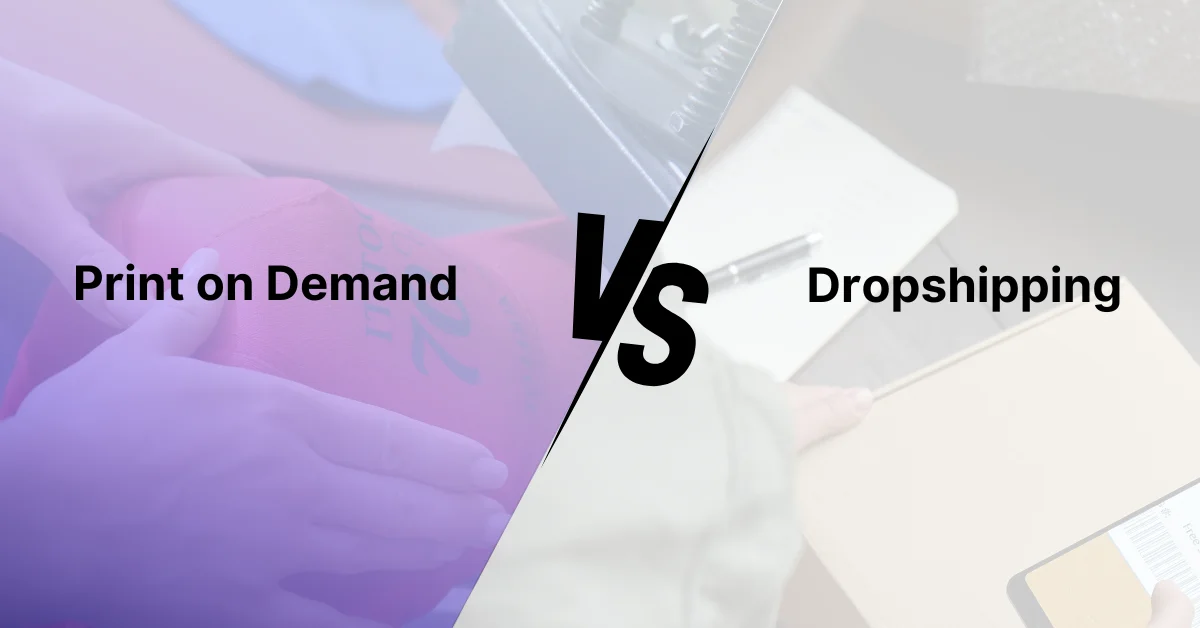Print on Demand vs Dropshipping: Which is best? If you’re starting your online business, you must have thought about both.
Not sure which business model to pick? This guide breaks down their pros, cons, difficulty, branding, and customization to assist you decide.
The Quick Verdict
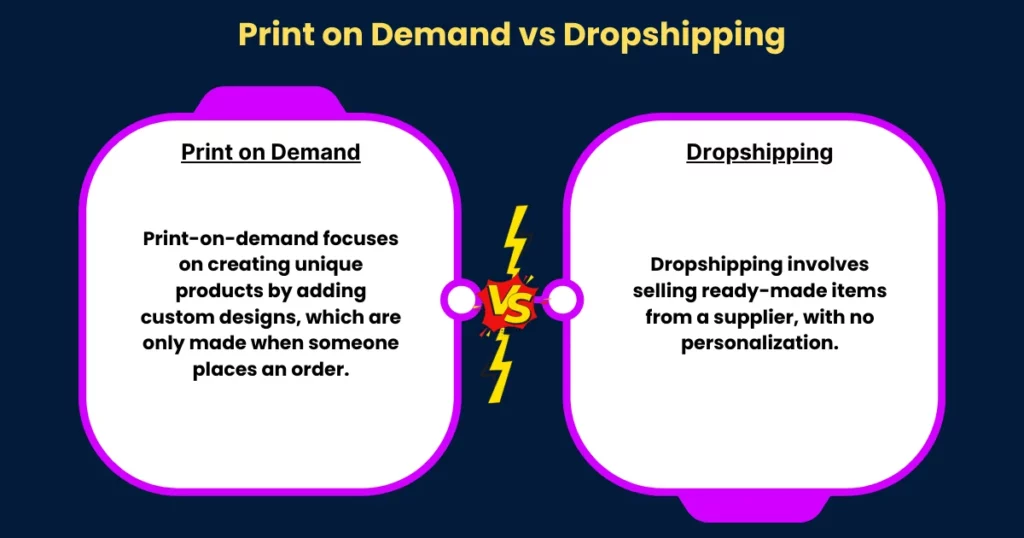
Difference between print on demand vs dropshipping? Print on demand and dropshipping both let you sell online without managing inventory, but they work differently. Print on demand focuses on creating unique products by adding custom designs, which are only made when someone places an order. In contrast, dropshipping involves selling ready-made items from a supplier, with no personalization.
Print on demand is ideal for building a branded business, while dropshipping is better for offering a wide range of products quickly with minimal upfront costs.
What is print on demand and dropshipping? Let’s compare.
Table of Contents
What Is Print on Demand?
Print on demand is a business in which items like clothes or home decor are made only after someone orders them. A company handles printing, packing, and shipping, so sellers don’t need to keep stock.
Popular print on demand items are t-shirts, posters, mugs, and books. It’s great for testing designs without spending much money.
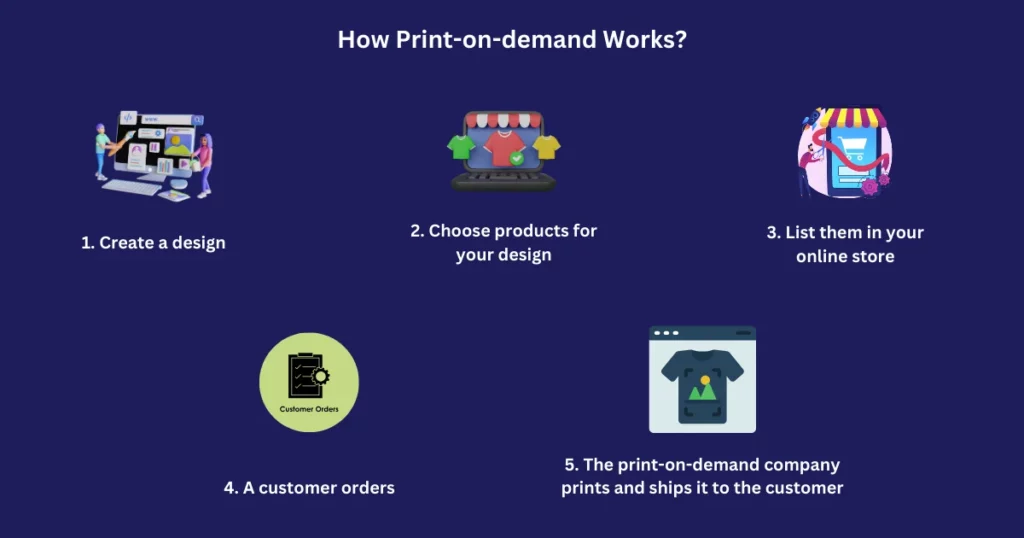
Here’s how Print on Demand works:
- Sign up with a print on demand service like Blinkstore.ai.
- Pick products and add your designs.
- Choose where to sell.
- When someone orders, the company makes and ships their product for you.
Use print on demand to:
- Try a business idea without buying stock.
- Sell merch or art to your YouTube fans.
- Make unique products for specific groups, like fitness lovers or pet owners.
- Create small batches for events or promotions.
- Offer seasonal or trendy items.
- Test which designs your customers like best.
What Is Dropshipping?
What is dropshipping? With dropshipping, you don’t need to stock products. When someone orders, the store sends the order and payment to a supplier, who ships it to the customer.
This method is popular because the supplier handles shipping, so store owners don’t need warehouses or worry about leftover products. It also frees up money for marketing and other tasks.
Dropshipping makes over $300 billion in online sales each year.
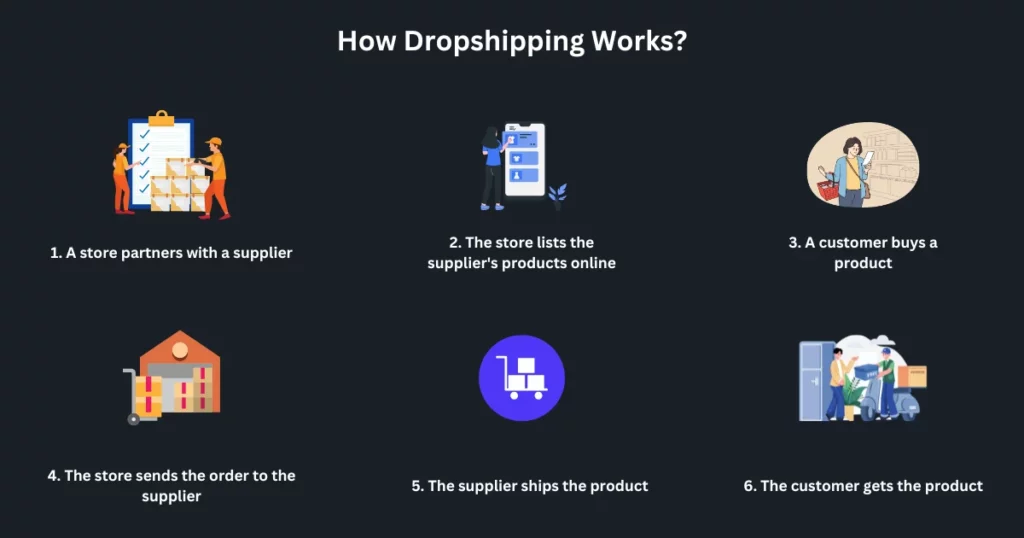
Here’s how dropshipping works:
- Select a supplier who carries the products you wish to market. They’ll store, pack, and ship items for you.
- List the supplier’s products online. Use apps like Spocket to manage orders easily.
- A customer buys a product from your store and pays you.
- Share the order details with your supplier. Apps can do this for you automatically.
- The product is packaged by the supplier and sent directly to the consumer.
- The customer receives the item, and you handle any questions they might have.
Dropshipping lets you:
- Grow your business more easily when it becomes successful.
- Start a business without needing much money.
- Sell many different products.
- Skip-making or creating products yourself.
- Work from almost anywhere.
- Set it up quickly and easily.
- Try out different products with low risk.
Benefits and Drawbacks of Print on Demand
Print on demand is a great way for multiple online stores to do business in different markets. We will examine the advantages and disadvantages in this section.
| Benefits | Drawbacks |
| No need to buy printing equipment | Shipping and production time |
| Cheap to start | Limited branding choices |
| Customizable products | |
| Stand out from competitors | |
| No minimum orders | |
| Test new designs easily | |
| Add new products anytime | |
| Easy to grow your business | |
| Eco-friendly |
Benefits and Drawbacks of Dropshipping
Dropshipping is great for new store owners who want to test products and find what works. We will examine the advantages and disadvantages in this section.
| Benefits | Drawbacks |
| Easy to switch products | High competition |
| Low startup costs | No control over orders |
| Can grow fast | Minimum order limits possible |
| Fast shipping | Can be unsustainable long-term |
Print on Demand vs Dropshipping: Simple Comparison
A quick look at print on demand and dropshipping.
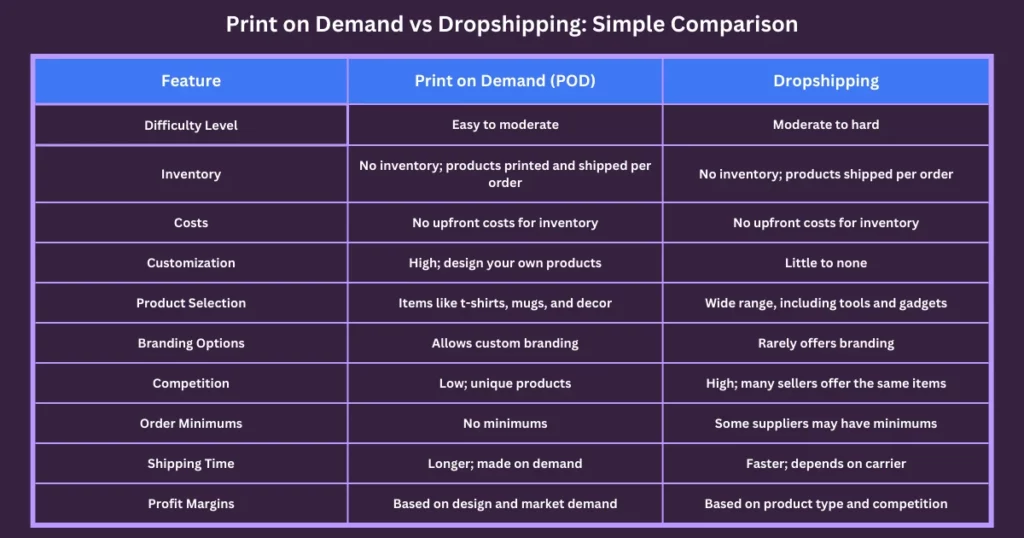
Print on Demand (POD) Explained:
- Difficulty level: Easy to moderate.
- Inventory control: No need to store products; suppliers print and ship when someone orders.
- Costs: No upfront money is needed for inventory.
- Product Personalization: Design and sell your own products.
- Product quality & selection: Lots of choices like t-shirts, mugs, stickers, and more. Quality depends on the supplier.
- Branding option: You can add your own logo to the packaging and products.
- Experience requirement: little experience required.
- Control: You control designs and prices but not how products are made.
- Competition: Less competition because your designs are unique.
- Trend: Upward trends
- Minimum order quantities: No minimum orders.
- Shipping: This takes longer since items are made after ordering.
- Profit: Depends on product type, design, and your audience.
Dropshipping Explained:
- Difficulty Level: Moderate to tough.
- Inventory control: No need to store products—suppliers ship directly to customers.
- Costs: No upfront money is needed for products.
- Product Personalization: There are little to no options to personalize products.
- Product quality & selection: Huge variety, like kitchen gadgets, tools, and sports gear. Quality depends on suppliers and can vary.
- Branding option: It is hard to create your own brand since most suppliers don’t allow custom logos.
- Experience requirement: little experience required.
- Control: You can’t control product design or quality. It is easy to add products and adjust prices.
- Competition: Very high—many sell the same products.
- Trend: Upward trends
- Minimum order quantities: Some suppliers may set order limits or sales requirements.
- Shipping: Delivery depends on carriers and distance.
- Profit: Varies by product, market, and competition.
1. Print on Demand vs Dropshipping Difficulty Level
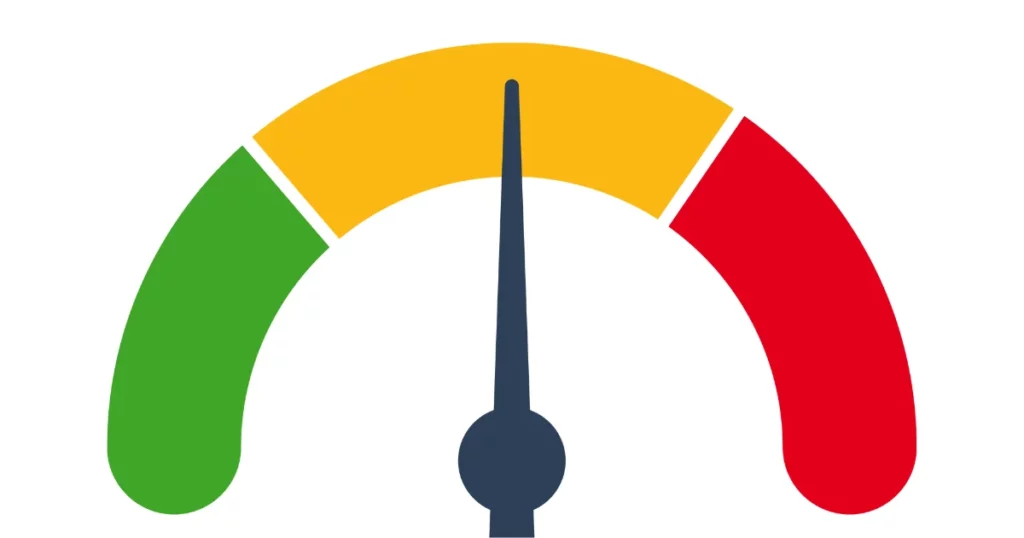
There is a difference between the difficulty level of printing on demand and dropshipping.
Print on Demand
Print on Demand lets you begin a business with small money and no need to handle shipping or making products. Services like Blinkstore.ai connect to online stores, offer free tools, and help you grow your business.
Dropshipping
Dropshipping is easy to begin because you don’t need money upfront or handle shipping. But the downsides are:
- Hard to find good suppliers
- Takes time to set up a store
- Lots of competition
- No way to customize products
2. Print on Demand vs Dropshipping Inventory Control
Comparing print on demand to dropshipping in terms of inventory control.
Print on Demand
Print on demand services handle inventory, production, and shipping for you.
When a customer orders, the enterprise prints, packs, and ships the product directly to them.
Orders take longer because items are printed only when bought.
Stock issues can happen, but Blinkstore.ai’s Order Routing fixes this. If one supplier can’t fill an order, another nearby supplier steps in.
This also reduces shipping costs if the new supplier is closer to the customer.
Dropshipping
Dropshipping means you don’t need to keep products yourself. Suppliers handle the stock and ship orders for you.
When someone buys, the supplier packs and sends it quickly.
But delivery might take longer if the supplier is far, and delays can happen.
Sometimes, items might go out of stock or stop being sold without warning.
3. Print on Demand Business vs Dropshipping Costs
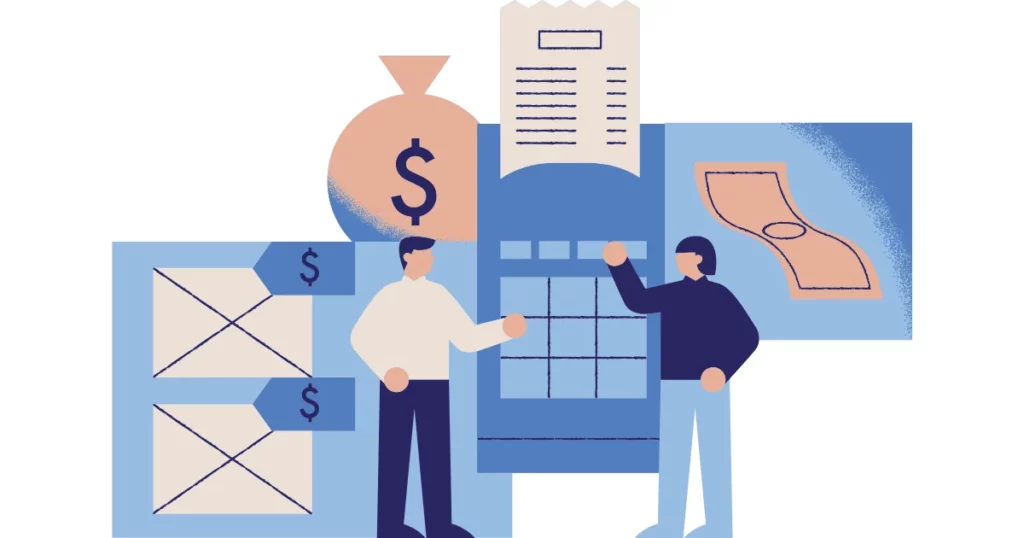
The costs associated with a print on demand business versus a dropshipping business.
Print on Demand
Print on Demand has major costs on:
| Printing Costs | Pay for every product when it’s made. The price relies on the printing style, product, and extras like custom designs or branding. |
| Shipping Costs | These rely on where it’s shipped, the package weight, and the delivery method. |
| Platform Fees | These include listing, shipping, processing, or subscription fees on your selling platform. |
Dropshipping
Dropshipping has major costs:
| Product Costs | You pay for the products you sell. Prices depend on the type of product, the supplier, and how many you order. |
| Shipping Costs | Shipping can be expensive, especially if your supplier is far from your customers. Compare suppliers to find cheaper options. |
| Platform Fees | Some platforms or suppliers charge fees, like transaction fees, subscriptions, or a percentage of each sale. |
4. Print on Demand Business vs Dropshipping Product Personalization
Personalization of products for print on demand businesses versus dropshipping businesses.
Print on Demand
Print on demand services are great because you can make your own unique products. You can add your own designs, which helps your business stand out.
Some companies even offer free tools to help you create custom products easily.
Dropshipping
You can’t personalize products unless you work with a special dropshipping supplier. To succeed, you’ll need to focus more on marketing and selling popular items to differentiate from different dropshipping companies and make sales.
5. Print on Demand Business vs Dropshipping Product Quality & Selection
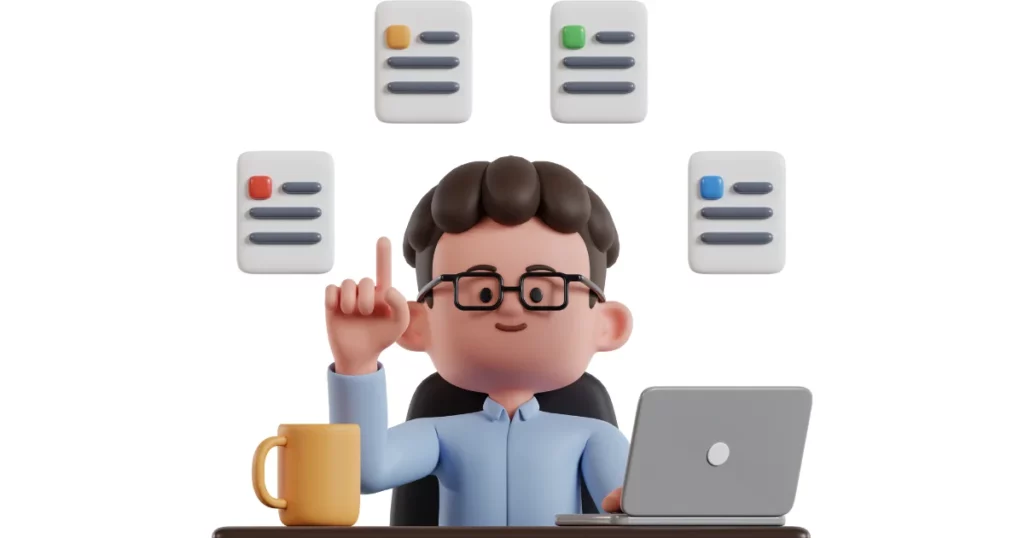
The quality and selection of products for Print on Demand businesses vs drop shipping businesses.
Print on Demand
Print on demand companies let you sell many types of products like clothes (hats, hoodies, t-shirts), accessories (jewelry, bags, phone cases), and home items (mugs, pillows, posters).
The quality of the products can vary depending on the business and who prints them. To make sure you’re happy with what you’re selling, check reviews and order samples first.
At Blinkstore.ai, we carefully check our printing partners so you get great quality products, low prices, and fast delivery for your customers.
Dropshipping
Sports equipment, household appliances, electronics, and auto components are among the items that many dropshipping businesses offer that print on demand vendors do not.
Dropshipping businesses work with different suppliers, and not all of them are reliable or offer good quality. To make sure the products are good, always order a sample first.
6. Print on Demand vs Dropshipping Branding Options
What are the differences between print on demand and dropshipping branding options?
Print on Demand
Most POD businesses provide some branding choices:
| Custom packaging | Special packaging makes your brand stand out and gives customers a fun unboxing experience. |
| Branded designs | Putting your logo on things like neck labels or different parts of the products helps show your brand and make it look more real. |
| Custom inserts | Adding notes or flyers inside the package lets you connect with customers in a personal way. |
Dropshipping
Dropshipping means you have less power over how your products look or are branded, but there are still ways to make the online store stand out.
| Great Product Listings | Write clear, detailed descriptions and use cool images to make the products look more attractive. |
| Powerful Brand Identity | Create a unique style for your store. This helps people recognize your brand and make them want to keep buying from you. |
7. Print on Demand vs Dropshipping Experience Requirement

A comparison of the experience requirements for printing on demand versus dropshipping.
Print on Demand & Dropshipping
If you’ve never worked in this field before, you might not know much about production, and shipping. This is where print on demand suppliers and dropshipping companies come in—they know how to avoid common mistakes and help you out.
By teaming up with a dropshipping or POD partner, you get access to their experience and have their experts working for the brand. The most useful part? You pay when you make a sale, so you don’t have to worry about paying employees.
8. Print on Demand vs Dropshipping Control
In terms of the control of printing on demand versus dropshipping:
Print on Demand & Dropshipping
Print on demand companies are adaptable. You can pick products, create or change designs, choose how to print, switch suppliers, and add new products to your store whenever you want.
Dropshipping is also flexible. You can include new products, change how much money you make on each item, and even sell in different markets.
9. Dropshipping vs Print on Demand Competition

Let’s discuss:
Dropshipping & Print on Demand
Dropshipping can be tough because lots of online stores sell the same products at similar prices.
To succeed, focus on building a strong brand, researching the market, creating a good marketing plan, offering great customer service, and discovering unique products to sell.
Print on Demand lets you stand out by creating unique products that no one else has.
Building a strong brand and picking a good niche will help people remember your brand, make more money, and face less competition.
10. Print on Demand vs Dropshipping Trend
There is a growing trend in printing on demand and dropshipping.
Print on Demand & Dropshipping
Here’s another way print on demand and dropshipping are similar: they’re both getting more popular. We looked at how many people are searching for these terms on Google Trends over the last 5 years in the U.S.
Both time frames are increasing, as can be seen in the graph below. This means these business ideas are becoming more popular, even though the big e-commerce growth from 2020 has slowed down. The steady increase shows these models will likely stick around for a while.
Use Google Trends to find popular niches and increase your chances of success in POD or dropshipping.
11. Print on Demand vs Dropshipping Minimum Order Quantities
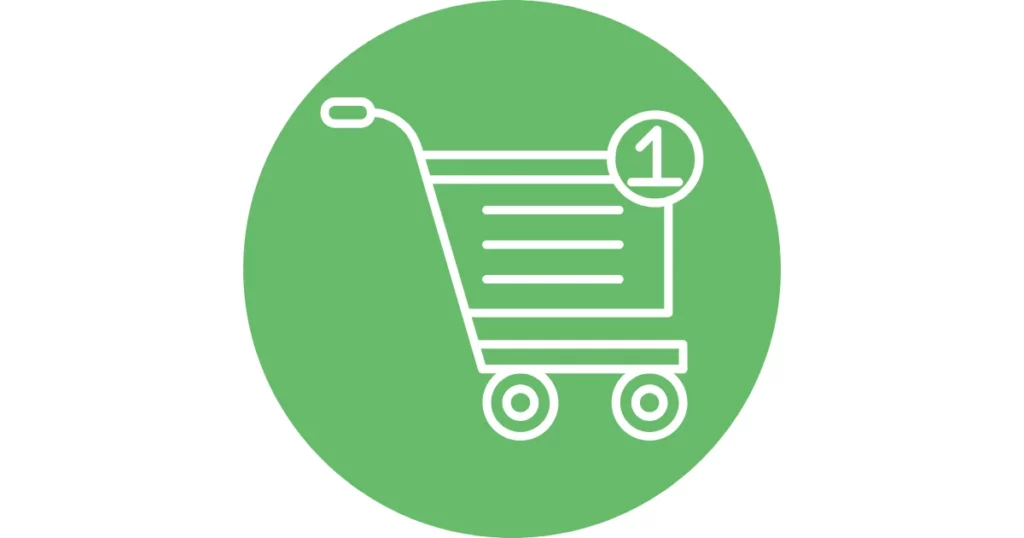
There is a difference between dropshipping and print on demand when it comes to minimum order quantities.
Print on Demand & Dropshipping
You don’t need to order a certain amount. With Print on Demand, you can make as many products as you need, whether it’s a few or hundreds.
Most dropshipping suppliers don’t have a minimum order for each product, but some may ask you to make a certain amount of sales every month to keep your account.
12. Print on Demand vs Dropshipping Shipping and Profit
What is the difference between print on demand and dropshipping in terms of shipping and profit?
Print on Demand & Dropshipping
Shipping time depends on the transportation and where it’s being sent. Since each product is made just for you, it might take a little longer to ship.
To meet your business expenses, we advise turning a profit of at least 40% on each item.
Choosing a dropshipping business is great for quick shipping, but delivery times can be different depending on how fast the shipping company is and how far the supplier is from the customer.
Dropshipping suppliers usually charge a little more than regular wholesalers. This means you need to deal more to earn the same amount of money.
The usual profit from dropshipping is 10% to 30%, but it depends on the type of products you sell and how much they cost.
Start a Profitable Print On Demand Business
Both print on demand and dropshipping can help your online store grow and make sales quickly. To decide which one is best for you, it’s important to know the differences between them.
Dropshipping can make you money, but print on demand gives you more ways to customize your products and build your brand.
Start your online business with Blinkstore.ai for easy and dependable print on demand services.
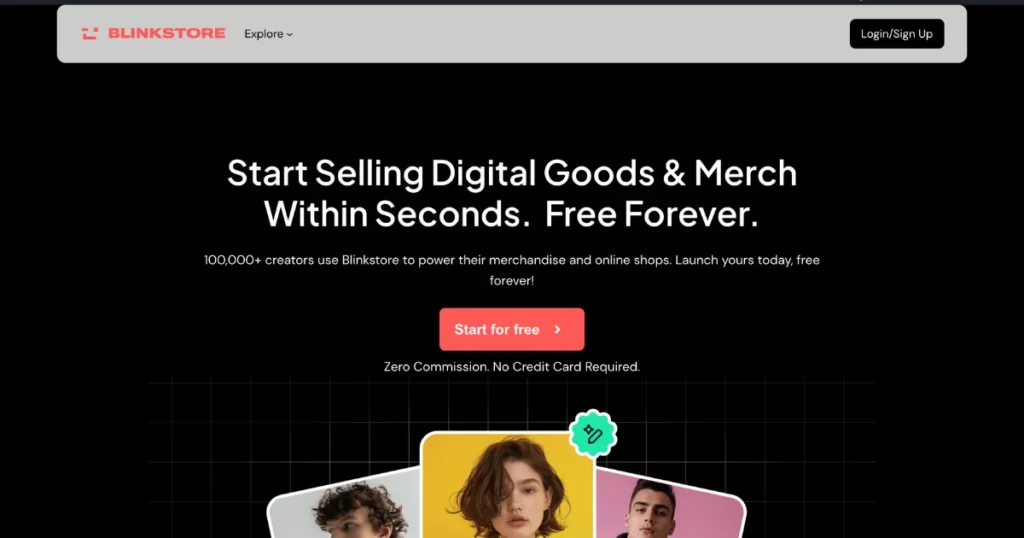
Key Points to Remember
- Print on demand and Dropshipping are both easy to start, low-risk, and good for beginners.
- You don’t need to worry about inventory, storage, or shipping with either model.
- Print on Demand is perfect if you want to sell custom items like phone cases and t-shirts with your own designs.
- Dropshipping is great for people who wish to begin a business fast without creating custom products.
What’s Better: Print on Demand vs Dropshipping
Now, which is superior: print on demand vs dropshipping. If you want to make quick money, try dropshipping. Set up an online store, pick products to sell, and find suppliers. For creative people, POD is a great choice. Design your own products, build a unique brand, and connect with customers while growing your business.
Both are great ways to start a business without having to worry about making products, storing them, or handling shipping.
FAQs
Is dropshipping more profitable than print on demand?
Dropshipping usually gives faster profits because it has lower shipping costs and more product options. On the other hand, print on demand can make more money in the long run by offering custom products and building brand loyalty.
Can I make $1000 a month with dropshipping?
Yes, it’s possible to make $1,000 a month with dropshipping, especially in your first year. Many beginners make between $1,000 and $3,000 a month by choosing the right products and using good marketing methods.
Is the print of demand profitable?
Print on demand is profitable, with people earning around $4,639 a month on average, and some even making up to $9,833. But, things like shipping costs can affect how much profit you keep.
